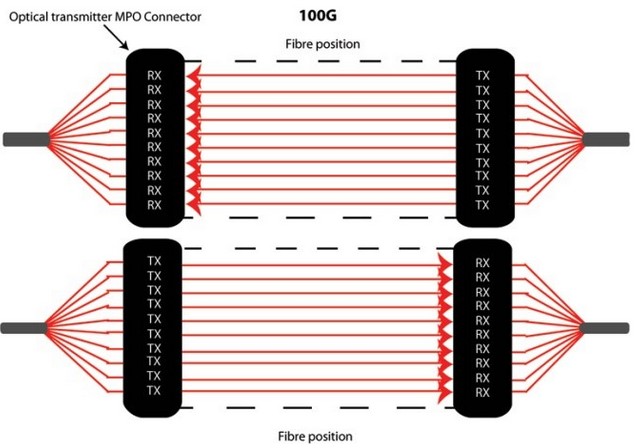- Related articles
- What is an Ethernet card?
- Significant Discoveries about Cisco SFP Transceiver Modules
- Optical Transceivers for Cisco WS-C3560G-24PSS-RF Switch
- Optical Transceivers for Cisco WS-C4500X-F-32SFP+ Switch
- Optical Transceivers for Cisco WS-C3750V2-48TS-S Switch
- Optical Transceivers for Cisco WS-C3560E-12SD-E Switch
- All Cisco MA-SFP-10GB-LR's information (List price, Specs, Datasheet PDF, Compatibility ma
- Optical Transceivers for Cisco IE-2000-8TC-B Switch
- All Cisco DWDM-X2-50.92's information (List price, Specs, Datasheet PDF, Compatibility mat
- What Is Wireless Network Interface Card?

Introduction
In this article we will talk about the 100GBASE-SR10 Ethernet standard and its optical transceivers and which brands these are compatible with and their basic solutions, All this just to give you more understanding about 100GBASE-SR10 technology. You can also check the compatibility Cozlink transceivers to get compatible and cost-effective products.
What is the 100GBASE-SR10 technology?
The 100GBASE-SR10 CFP module supports link lengths of 100 meters and 150 meters respectively on laser-optimized OM3 and OM4 multifiber cables. It primarily enables high-bandwidth 100-gigabit links over 24-fiber ribbon cables terminated with MPO/MTP-24 connectors. It can also be used in 10 x 10 Gigabit Ethernet modes along with ribbon to duplex fiber breakout cables for connectivity to ten 10GBASE-SR optical interfaces. Maximum channel insertion loss allowed is respectively 1.9 dB over 100m of OM3 cable or 1.5 dB over 150m of OM4 cable.

100GBASE-SR4 VS. 100GBASE-SR10
100GBASE-SR4 and 100GBASE-SR10 interface respectively correspond to QSFP28 and CFP. Thus they have a significant difference in size. See the picture below, CFP is much larger than QSFP28. Obviousely, CFP is not much suitable for high density applications. In contrast, QSFP28 increases front-panel density and decrease power and price per bit.
Both 100GBASE-SR4 and 100GBASE-SR10 optics use laser optimized multimode fiber (OM3/OM4) for transmission. But 100GBASE-SR4 optics uses a 12-fiber standard QSFP MPO/MTP cable for connectivity (4 Tx and 4 Rx, each lane providing 25 Gbps of throughput) while 100GBASE-SR10 optics use a 2×12-fiber or 24-fiber strand MPO/MTP cable for connectivity (10 Tx and 10 Rx, each lane providing 10 Gbps of throughput).





















































